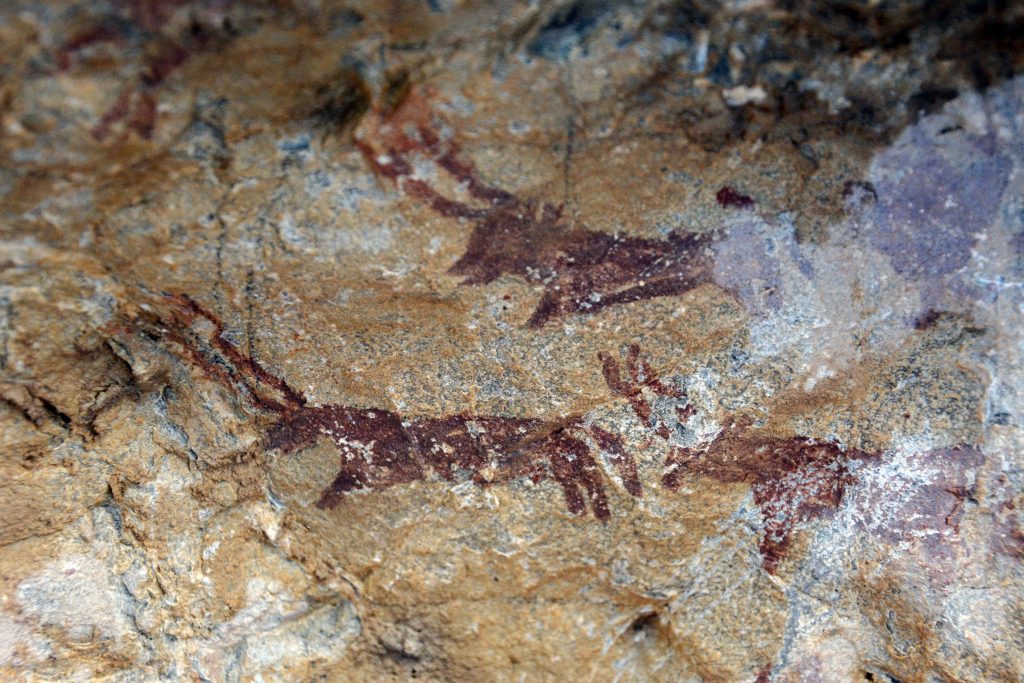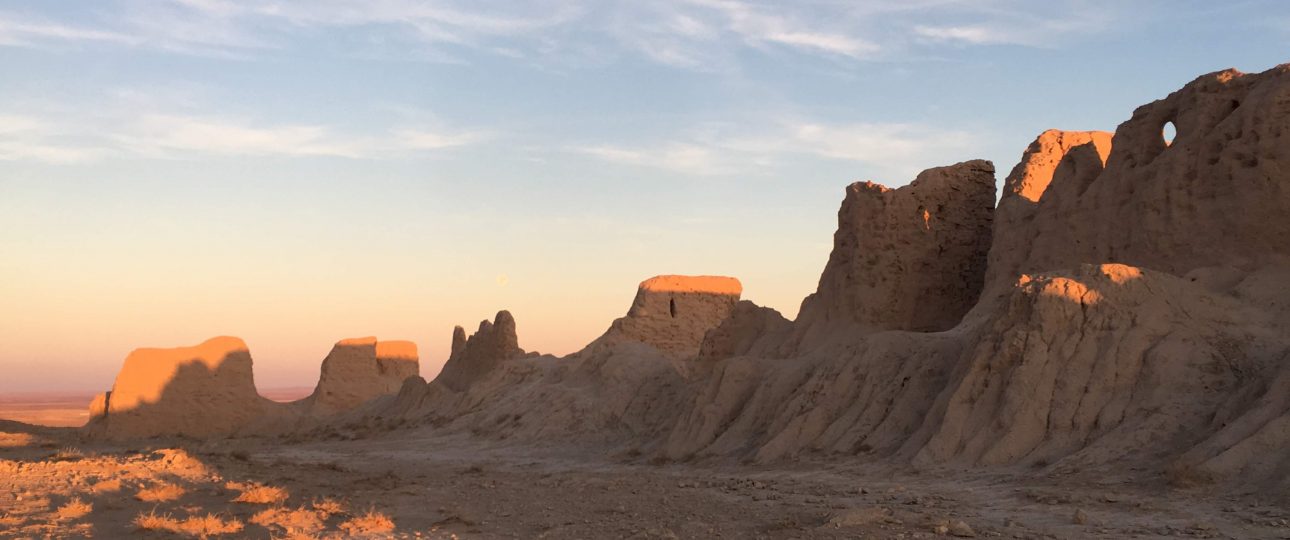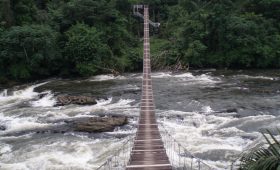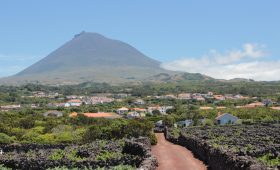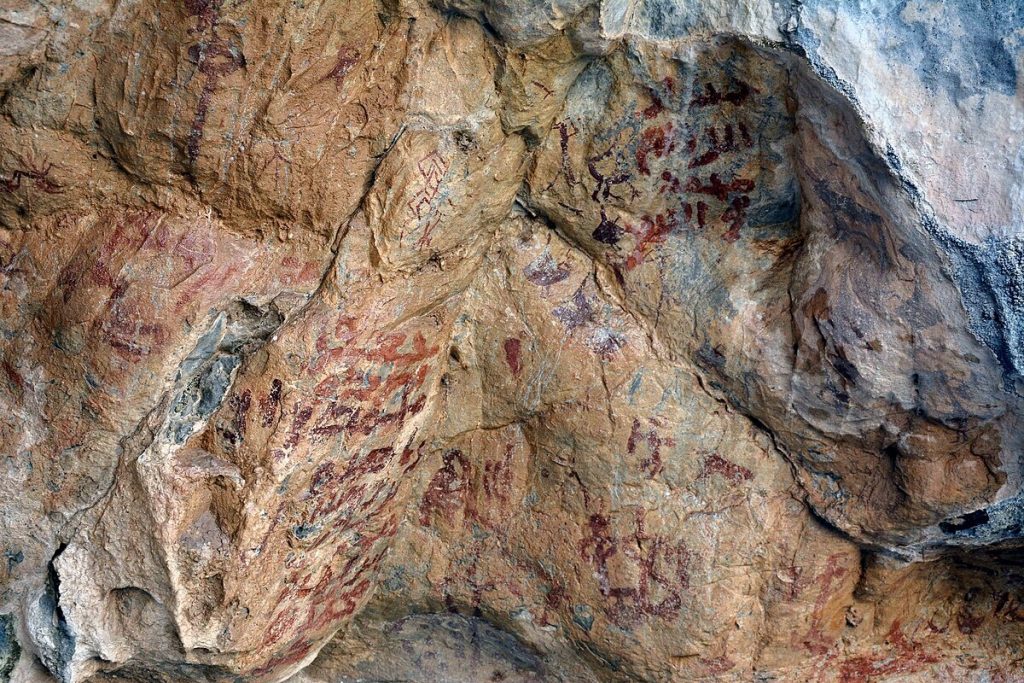
Exploring the Zarautsoy Petroglyphs in Uzbekistan
In the Surxondaryo Region of Uzbekistan, nestled within the rugged terrain of the Gissar Mountains, lies a remarkable testament to ancient human creativity: the Zarautsoy Petroglyphs. These rock carvings, some of the oldest in Central Asia, offer a fascinating glimpse into the lives of early humans who inhabited this region.
The Setting: Zaraut Stream and Surrounding Landscape
The Zarautsoy site is situated in a picturesque valley formed by the Zaraut stream, a tributary of the Hisor River. This area is characterized by its steep elevations, willow trees, and rocky terrain, providing a dramatic backdrop to the ancient art. The stream originates near the village of Qiziloqmaso and flows through several villages before joining the Sherabot River.
Historical Significance and Discovery
The petroglyphs of Zarautsoy were first brought to the attention of the scientific community in 1939, with significant discoveries made in 1959. These carvings are considered a valuable remnant of the Paleolithic era, comparable to other renowned sites in France and Spain. An expedition led by G. V. Parfyonov in 1940 further explored the area, uncovering additional painted sites and artifacts that suggest a settled lifestyle of early humans.
The Art of Zarautsoy
The petroglyphs are located in the grotto of Zaraut-kamar, on the southeast slope of the Kugitangtau Mountains. This site is part of the Surkhan State Natural Reserve, which aims to protect its rich biodiversity and cultural heritage. The grotto features a series of images depicting animals, hunting scenes, and anthropomorphic figures, all rendered in red-brown and gray-brown mineral paints. These images date from the Mesolithic to the Middle Ages, showcasing the evolution of artistic expression over millennia.
Visiting the Zarautsoy Petroglyphs
To reach the Zarautsoy Petroglyphs, travelers typically start from the city of Sherobod, located about 30 kilometers southeast of the site. From there, a journey through the rugged landscape leads to the petroglyphs. While the reserve is protected, the site remains accessible to visitors, although facilities are limited. It’s advisable to wear sturdy footwear and bring sufficient water for the trek.
Best Time to Visit
The ideal time to explore the Zarautsoy Petroglyphs is during the spring and autumn months when the weather is mild. Summers can be extremely hot, and winters are often harsh, making these seasons less favorable for visiting.
Local Insights
While the petroglyphs are a captivating sight, it’s important to approach the site with respect. Avoid touching the carvings to preserve their integrity for future generations. Engaging a local guide can enhance your experience, providing valuable insights into the history and significance of the petroglyphs.
Conservation and Challenges
Despite being part of a protected reserve, the Zarautsoy Petroglyphs face challenges in terms of conservation. The absence of a buffer zone and limited resources for monitoring the site pose risks to its preservation. Visitors are encouraged to be mindful of their impact and support efforts to maintain this cultural treasure.
The Zarautsoy Petroglyphs offer a unique window into the past, set against the stunning natural beauty of Uzbekistan’s mountainous landscape. For those interested in history and art, this site provides an unforgettable journey into the ancient world.
